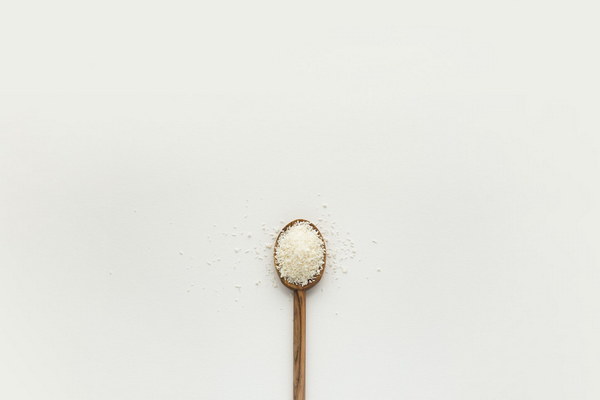Natural Humidity Control Top Houseplants to Battle Dampness
Introducing a refreshing way to combat the moisture that can make your home feel less than cozy. If you're dealing with dampness in your living spaces, consider adding these humidity-busting houseplants to your collection. Not only do they help purify the air, but they also work to reduce excess moisture, making your home a more comfortable and inviting place to live.
1. Peace Lily (Spathiphyllum)
The peace lily is a standout when it comes to combating humidity. This elegant plant not only absorbs excess moisture from the air but also helps to filter out harmful toxins like benzene and formaldehyde. With its lush green leaves and striking white blooms, it's a beautiful addition to any room.
How to Use It: Place a peace lily in a well-lit spot, avoiding direct sunlight which can scorch its leaves. Water it thoroughly when the top inch of soil feels dry, but make sure it has good drainage to prevent root rot.
2. Snake Plant (Sansevieria)

Snake plants are known for their ability to thrive in low-light conditions and are also excellent at regulating humidity. They have a unique ability to absorb carbon dioxide during the night, which helps to balance the moisture levels in your home.
How to Use It: These plants are incredibly low maintenance. They require watering only every few weeks, and they can handle being underwatered without much trouble. Place them in a sunny or partially shaded spot.
3. Spider Plant (Chlorophytum comosum)
Spider plants are not only great at removing moisture from the air but also at propagating. They have a tendency to produce baby plants, or spiderettes, which you can easily divide and replant to spread the humidity-fighting goodness throughout your home.
How to Use It: Spider plants enjoy a moderate amount of light and should be watered when the soil feels dry. They're quite forgiving, so don't worry if you forget to water them occasionally.
4. Boston Fern (Nephrolepis exaltata)
Boston ferns are a classic choice for humidifying a room. Their lush, feathery fronds help to trap moisture in the air, making them a perfect addition to bathrooms and kitchens where humidity is often higher.
How to Use It: These ferns need a lot of humidity, so placing them in the bathroom is ideal. They thrive in bright, indirect light and should be watered when the top inch of soil is dry.
5. Areca Palm (Chrysalidocarpus lutescens)
The areca palm is not only effective at reducing humidity but also at improving indoor air quality by filtering out pollutants. It has a tropical look that can bring a touch of the outdoors to your indoor space.
How to Use It: These palms require bright, indirect light and should be watered when the top inch of soil is dry. They're sensitive to overwatering, so ensure your pot has good drainage.
6. ZZ Plant (Zamioculcas zamiifolia)
ZZ plants are a hardy and adaptable option for combating humidity. They can tolerate low light and irregular watering, making them a great choice for busy homeowners or those who are forgetful when it comes to watering plants.
How to Use It: ZZ plants are drought-tolerant, so you can let them dry out between waterings. They do well in a variety of light conditions and can be placed in pots with drainage holes to prevent waterlogging.
By incorporating these humidity-busting plants into your home, you can create a more comfortable living environment while enjoying the beauty and health benefits they bring. Remember to choose plants that fit your lifestyle and the specific conditions of your living space. Happy growing and stay dry!









